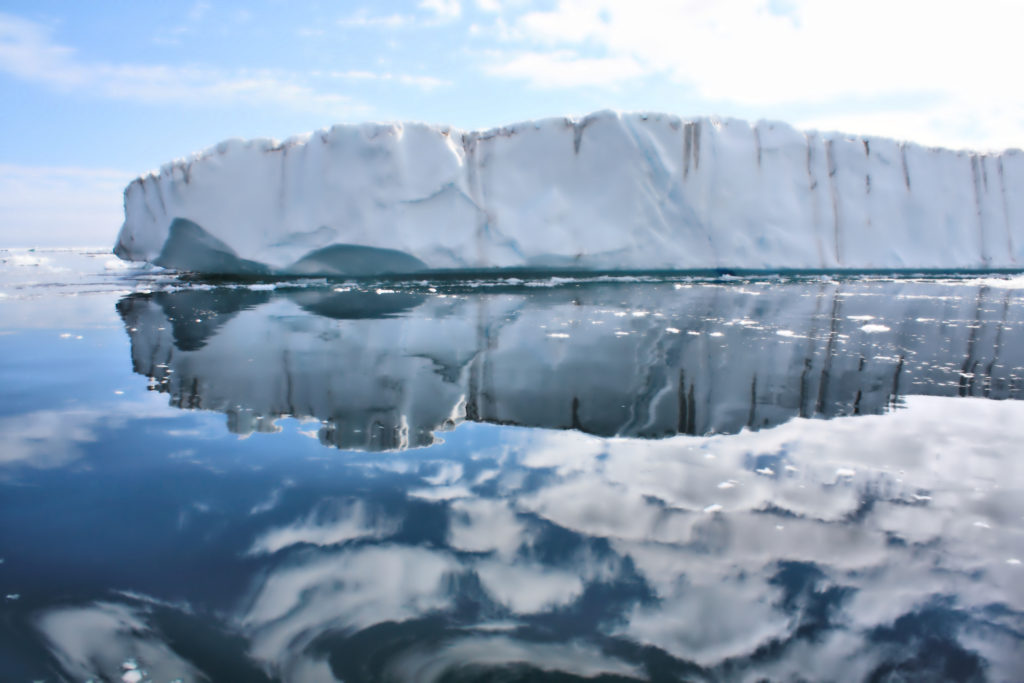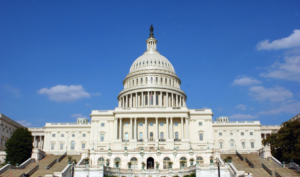Greenland Ice Sheets Melt to Point of No Return

Greeland Ice Sheet
Point of no return
It was reported by a study in Ohio State University last week that the Greenland Ice Sheets have melted to the point of no return. In other words, even if global warming stopped today, Greenland’s ice sheets would still continue to lose mass. Co-author of the study and professor at Ohio State University, Ian Howat said, “The ice sheet is now in this new dynamic state, where if we went back to a climate that was more like what we had 20 or 30 years ago, we would still be pretty quickly losing mass.”
Michalea King, the lead author of the study and researcher at Ohio State University added that the amount of ice melted in recent years has resulted in a measurable change in the gravitational field over Greenland.
The study used four decades of satellite data to measure the changes in more than 200 large glaciers on Greenland’s ice sheet. King said, “The ice that’s discharging into the ocean is far surpassing the snow that’s accumulating on the surface of the ice sheet.” After 2000, the authors said the ice sheet was melting at such a rapid rate that even replenishing snowfall would not keep up with the rate of the sheet’s melting in certain areas. This is because of the principle of “melt brings about more melt.” As the ice sheet melts, the water that pools around the ice sheet absorbs the sun’s heat which increases the temperature surrounding the ice sheets.
The National Oceanographic and Atmospheric Administration(NOAA) reported that ice loss increased from 34 billion tons per year between 1992 and 2001 to 247 billion tons per year between 2012 and 2016.
What this means – sea level rise
The Greenland ice sheet is the world’s second largest body of ice. Each year, the Greenland ice sheet dumps more than 280 billion metric tons into the ocean. This makes the ice sheet the biggest single contributor to global sea level rise according to King. The ice that melts in Greenland contributes to over a millimeter rise to sea level every year and it is expected to continue to get worse.
Forty percent of America’s population resides in coastal areas at risk of sea level rise. This includes coastal states like Florida. On top of that, this is exacerbated by tropical storms and hurricanes, another product of global climate change and the ice sheet is melting in rapid bursts which makes it hard to prepare for the consequences. Howat said that, according to his data, all the 200 glaciers that make up the ice sheet are melting within the same episode.
What’s to come
At the current rate of rapid climate change, the natural disasters that riddle our world will only expand and continue to worsen. Howat said, “We’ve passed the point of return but there’s obviously more to come.” He elaborated, “Rather than being a single tipping point in which we’ve gone from a happy ice sheet to a rapidly collapsing ice sheet, it’s more of a staircase where we’ve fallen off the first step but there’s many more steps to go down into the pit.”
NOAA announced that by the end of the century, the global sea level is likely to increase by at least one foot above 2000 levels even if greenhouse gas emissions are decreased.





